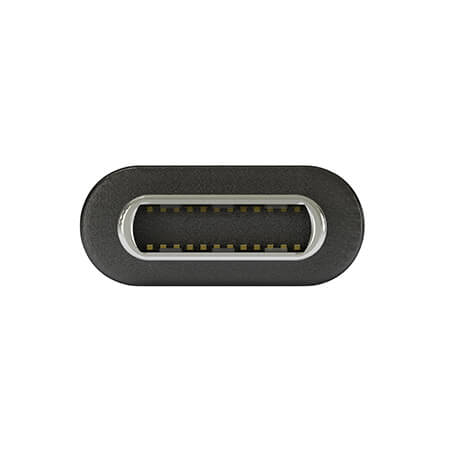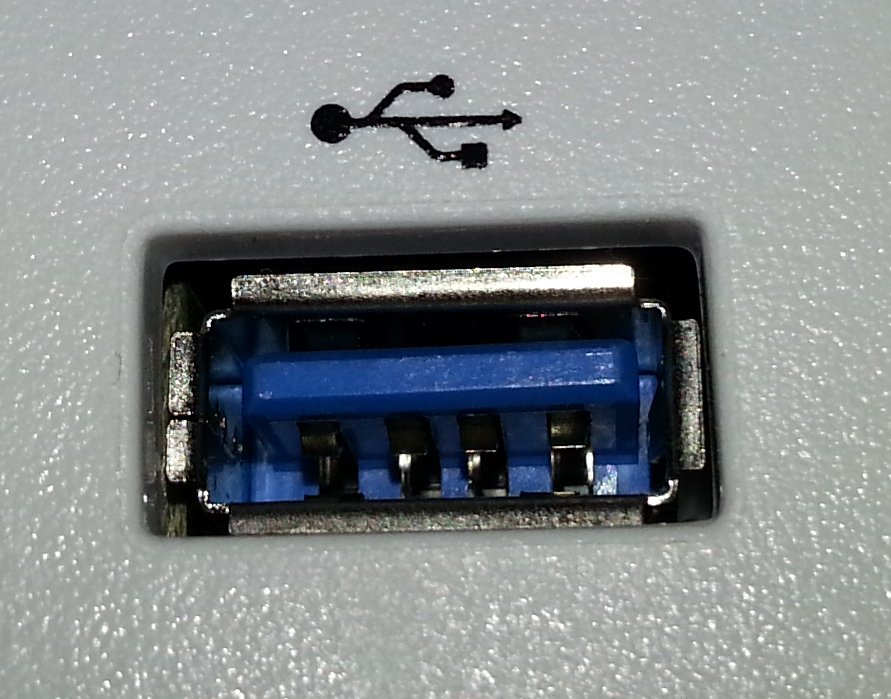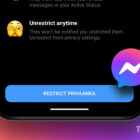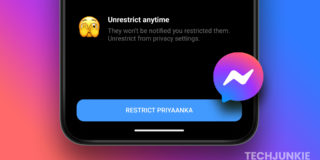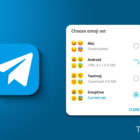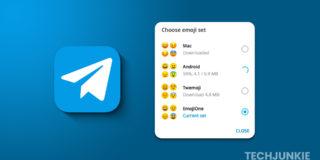A history and overview of USB
The humble USB has come a long way over the years. From a somewhat cumbersome and slow standard to the speedy and reversible port that it is today.
USB, or Universal Serial Bus, is useful for plenty of reasons — for transferring data between devices to charging up your phone, almost all modern smartphones and computers — apart from, of course, the iPhone — make use of the brilliant standard. But where did USB come from? Here’s a history and overview of USB.
USB 1.0
The first USB standard was released towards the end of 1995, and offer a transfer rate of a then-huge 12 megabits per second. 1.0, however, was short lived — it was soon replaced with USB 1.1, which not only made use of that full 12 megabits, but was also able to operate at a much smaller 1.5 megabits — perfect for lower bandwidth devices. At the time, however, USB wasn’t very well-known, and the iMac G3 was the first consumer-facing device to get rid of older ports in favor of USB 1.1 in 1998. This was a big step, and catapulted USB into the public eye. In fact, it would soon begin being used on other computers too.
Of course, USB 2.0 is what really stole the show.
USB 2.0
USB 2.0 was launched in the year 2000, only around four years after its predecessor. The new standard, however, was way faster and more useful than its older sibling, bringing that 12 megabits per second of data transfer to a hefty 480 megabits per second. Within one year of being launched, USB 2.0 became an official standard, which is when it started being present on computers all around the world, no matter what the brand. On top of offering the full 480 megabits per second, USB 2.0 was also capable of running at 12 megabits per second, and 1.5 megabits per second, which was perfect for low bandwidth devices like mouses.
Another interesting feature that USB 2.0 brought was plug and and play for multimedia devices and outboard storage, and it brought power support — which is what allows devices to be charged through USB.
USB 3.0
While it only took four years for USB 2.0 to be released after USB 1.0, it took double that for USB 3.0 — USB 3.0 was launched in November of 2008, and it defined a new SuperSpeed transfer mode — which allowed for data transfer speeds of up to 4.8 gigabits per second — although in real life that speed is more like 4 gigabits per second.
Five years after the launch of USB 3.0 in 2008, USB 3.1 was launched in 2013, which brought the USB standard up to a huge 10 gigabits per second, which is backwards compatible with both USB 3.0 and USB 2.0.
USB Connectors
Of course, while the USB standard defines the USB speed, sometimes it’s easy to confuse those standard speeds with USB connector types. In reality, almost any connector can be used with almost any standard — however generally newer connectors are used with newer standards. Here’s a quick run down of the common USB connector types.
USB-A
USB-A is the classic USB connector that we all know and love, though USB-C is currently taking over as the standard — which is a good thing considering the fact that USB-C is reversible and therefor much more convenient. USB-A has been used since USB 1.0, and is generally found on computers and hubs.
MicroUSB A
MicroUSB A is relatively uncommon as a connector though it can be found on some phones and GPS’. the connector size is smaller than USB-B, but it still supports data transfer speeds of up to 480 megabits per second.
USB-B
USB-B is the style of USB designed for use on USB peripheral devices — which is why you’ll find it on a lot of non-computer gear. This connector has a square shape, with slightly beveled corners.
MicroUSB B
MicroUSB B is the most common form of MicroUSB, and it’s found on almost all smartphones (except the iPhone) from the past 5 years or so. Now, USB-C is taking over, but you likely still have at least one MicroUSB B cable floating around.
USB Mini-b
USB Mini-b is common in things like digital cameras, and features a miniaturized connector compared to other forms of USB — making it perfect for devices that only have so much connector space to offer. This connector has five pins, however there’s also a version of USB Mini-b with four pins.
USB-C
USB-C has only been around for a year or so in consumer devices, and features a reversible — or symmetrical design. Either end of a USB-C cable can be plugged into any USB-C device, and the connector is capable of carrying all USB-C standards — though it’s generally paired with USB 3.0 and USB 3.1.
Conclusions
USB has come a long way, and it likely has a long way to go — we’ll see more USB standards and connectors as time goes on. Hopefully, they’ll be nice and easy to keep track of!





